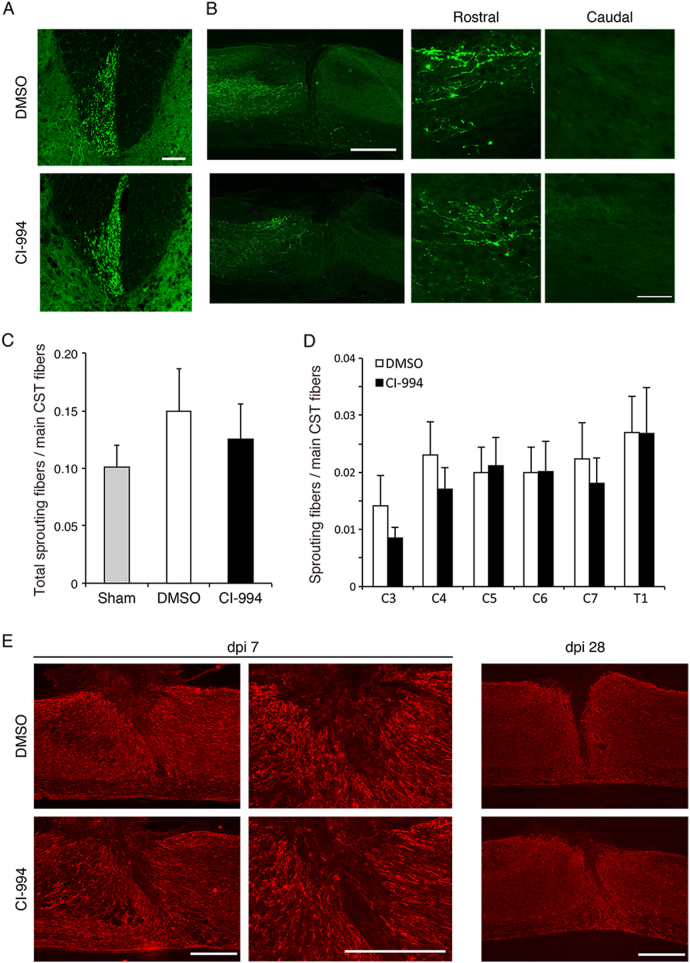Fig. 5. CI-994 does not promote sprouting of corticospinal tract fibers following SCI.
a, b Representative images from the transverse sections of the cervical spinal cord a and sagittal sections of the lesion site, which show biotinylated dextran amine (BDA)-labeled corticospinal tract fibers (green) extending into the gray matter at 28 days following injury. Scale bar 100 μm (a, high magnification images in b), 200 μm (low-magnification images in b). c, d The ratio of the total number of sprouting corticospinal tract fibers c, or the number of the fibers at the indicated cervical or thoracic spinal cord levels d at 28 days after injury. No significant differences were observed between control (DMSO) and CI-994-treated mice. Student’s t-test. Sham: n = 7; DMSO, CI-994: n = 14. e Regions of reactive gliosis were visualized as GFAP-positive areas near the site of injury in control or CI-994-treated mice. dpi: days post injury. Scale bar 200 μm. SCI: spinal cord injury; GFAP: glial fibrillary acidic protein

